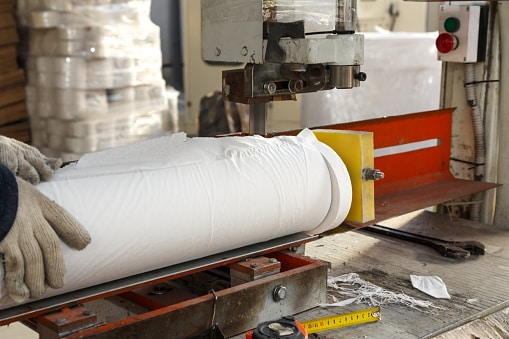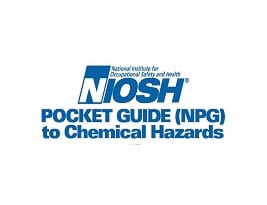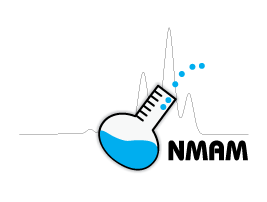1,4-Dioxane

Overview
CAS No. 123-91-1
1,4-Dioxane (C₄H₈O₂) is a colorless liquid or solid at cool temperatures (below 53°F). It can harm the eyes, skin, lungs, liver, and kidneys. 1,4-Dioxane may cause cancer. Workers may be harmed from exposure to 1,4-dioxane. The level of exposure depends upon the dose, duration, and work being done.
1,4-Dioxane is used in many industries. It is used as an industrial solvent, a laboratory reagent, and in the manufacture of other chemicals. Some examples of workers at risk of being exposed to 1,4-dioxane include the following:
- Employees working in scientific laboratories
- Workers exposed to certain types of industrial solvents
- Factory workers involved in producing some cosmetics
- Workers in paper pulping industries
NIOSH recommends that employers use Hierarchy of Controls to prevent injuries. If you work in an industry that uses 1,4-dioxane, please read chemical labels and the accompanying Safety Data Sheets for hazard information. Visit NIOSH’s page on Managing Chemical Safety in the Workplace to learn more about controlling chemical workplace exposures.
The following resources provide information about occupational exposure to 1,4-dioxane. Useful search terms for 1,4-dioxane include “diethylene dioxide,” “diethylene ether,” “dioxane,” “1,4-dioxane,” and “p-dioxane.”
NIOSH Chemical Resources
Related NIOSH Resources
- NIOSHTIC-2 search results on 1,4-dioxane—NIOSHTIC-2 is a searchable database of worker safety and health publications, documents, grant reports, and journal articles supported in whole or in part by NIOSH.
- NIOSH Worker Health Study Summaries—NIOSH conducts research to prevent illnesses and injuries in the workplace. The NIOSH Worker Notification Program notifies workers and other stakeholders about the findings of these research studies.
Selected Publications
- NIOSH Criteria for a Recommendation Standard: Occupational Exposure to Dioxane, DHHS (NIOSH) Publication No.77-226.—This report increases awareness and recommends work practices to reduce exposures.
- Dioxane (No. 1602)—Sampling and measurement data from NMAM, fourth edition.
- Occupational Safety and Health Guidelines for 1,4-Dioxane—This guideline helps stakeholders conduct effective occupational safety and health programs.
Related Resources
- ATSDR ToxFAQs: 1,4-Dioxane
- ATSDR Toxicological Profile for 1,4-Dioxane
- EPA Chemistry Dashboard: 1,4-Dioxaneexternal icon
- EPA Hazard Summary: 1,4-Dioxane (1,4-Diethyleneoxide)external icon
- EPA Integrated Risk Information System (IRIS): 1,4-Dioxaneexternal icon
- EPA Technical Fact Sheet: 1,4-Dioxaneexternal icon
- NLM Haz-Map: 1,4-Dioxaneexternal icon
- NLM TOXNET: 1,4-Dioxaneexternal icon
- NTP Report on Carcinogens (Fourteenth Edition): 1,4-Dioxaneexternal icon
- NTP Testing Status of 1,4-Dioxaneexternal icon
- OSHA Occupational Chemical Database: Dioxaneexternal icon
- OSHA Hazard Communicationexternal icon
- U.S. Food & Drug: 1,4-Dioxane in Cosmetics: A Manufacturing Byproductexternal icon
- New Jersey Hazardous Substance Fact Sheets; 1,4-Dioxaneexternal icon
International Resources
- International Chemical Safety Cards: 1,4-Dioxaneexternal icon
- Canadian Centre for Occupational Health and Safety (CCOHS): 1,4-Dioxaneexternal icon
- European Chemicals Agency (ECHA): 1,4-Dioxaneexternal icon
- Gestis Substance Databaseexternal icon
- IARC Monographs (Vol 71): 1,4-Dioxaneexternal icon
- OECD Global Portal to Information on Chemical Substancesexternal icon



